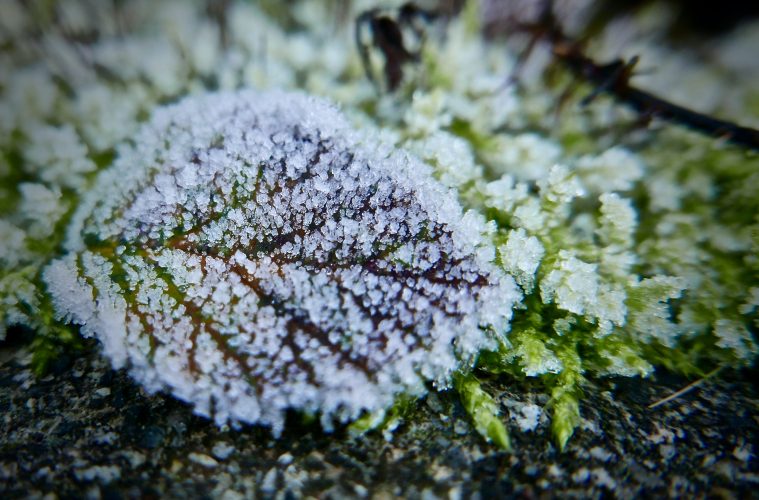Winter is fast approaching, and as the days get shorter and the temperatures drop, you might find yourself wondering if your plant watering routine needs a tweak.
Should you water less, more, or not at all?
Don’t fret! Let’s explore whether you need to change how you water your plants during the winter season.

Image credit: Getty Images
Slow down, take it easy…
During winter, plants tend to slow down their growth and metabolism.
They’re not as active as they are in spring and summer.
This means they require less water because they’re not soaking it up.
Think of it as their downtime, where they don’t work as hard as in the summer time.
Observe, feel, and assess…
Rather than going with a strict watering schedule, it’s best to become a plant detective.
Get up close and personal with your leafy pals.
Stick your finger into the soil.
How does it feel?
If it’s dry at the depth of your knuckle, your plant is probably thirsty and needs some water, if it’s still slightly damp, hold off on watering for a bit longer.
Listen to your plants…
Your plants have a way of telling you when they’re thirsty or overwatered.
Droopy leaves and a sad appearance often indicates that they’re in need of hydration.
On the other hand, yellowing leaves or a foul smell may suggest you’ve been a bit too generous with the watering can.
Watch out for the frost!
One important thing to remember is to water your plants during the daytime in winter.
Why? Because freezing temperatures can turn that innocent water into icy trouble.
Water droplets on the leaves can freeze and cause damage when night comes. So, give your plants a morning shower to allow the leaves to dry off before bedtime.
When it comes to watering your plants in winter, it’s all about finding a balance.
Remember, most plants prefer to be a little thirsty rather than overwatered during their winter.
ALSO SEE: How to keep your indoor plants alive during winter
Featured Image: Pexels / @ Richard Fletcher

